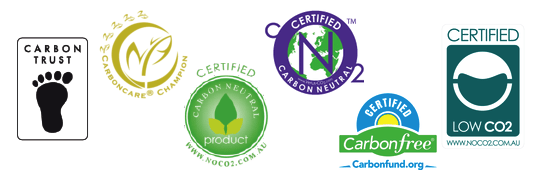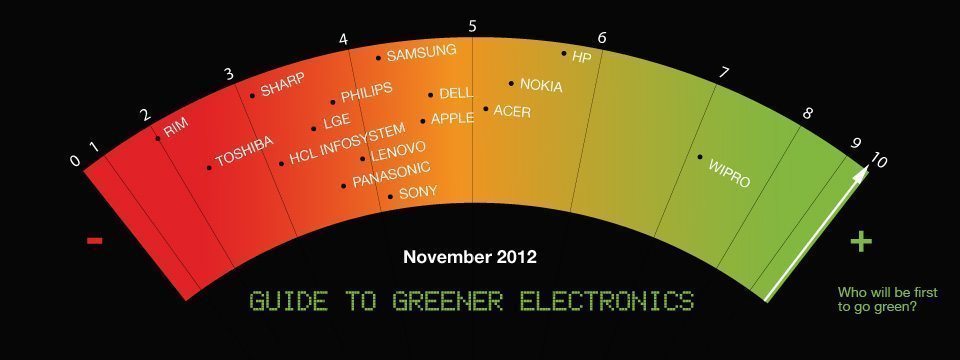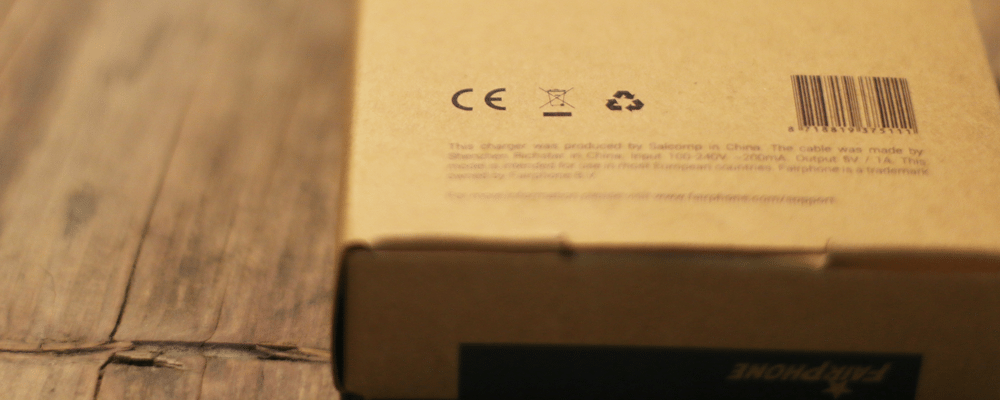Defining Sustainable (Choices): Can We Rely on Certification?
Almost one year ago, one week before opening the pre-sales, Bas shared our road map to a “fairer phone.” As you all know by now, the pillars in this road map focus on creating a more sustainable value chain in five action areas: precious minerals, made with care, smart design, lasting value and clear deals. During the past year, we have learned a lot about how challenging it is to apply the road map to real life circumstances. We have had to consider what makes a truly sustainable choice and what the best way is to make these choices operational for the long term in order to ensure structural change.
We also know how important it is to support you, our community, in easily identifying the sustainable values behind your Fairphone, allowing you to know the impacts you make with your purchase throughout its life cycle, and then understand better how you become the engine of the structural change.
Amongst many other things, we shared with you our approach to research and our ongoing internal life cycle assessment, which are part of our initiatives aimed to make these values and our actions related to them clearer for you. One of the matters that we haven’t discussed so far is certification. As we get lots of questions regarding our approach towards it, we want to share with you the findings of our (still ongoing) research and also challenge you to express your own thoughts and experiences on the matter.
What is certification?
Certification is a procedure at the end of which a third party confirms compliance with certain private or public standards. Companies can use it to establish their story toward customers about their products and consumers can use it to orientate themselves when deciding on purchases. Lastly, in certain cases, state authorities can request companies to undertake certification for proving compliance with the law.
You can have virtually anything certified, from your ham sandwich to company practices, staff, supply chains, manufacturing processes or product compliance with all sorts of standards, including environmental, social and quality ones. The certification process means undergoing a whole “tick-the-box” procedure to prove the observance of requirements and standards developed by the certifying entity itself (be it private or public) or by other independent entities (like the famous ISO certification).
Sometimes companies must have products certified because the law obliges them to. Then you have a harmonized procedure and a harmonized set of legal rules and standards that you have to abide by, like the CE marking.

Since there’s not much to change concerning obligatory certification, we’ll focus here on the choice of private certification.
How many private certifications options are there?
Literally, there are hundreds of them and their number is growing as we speak. If we take the eco-certifications alone we can find online databases, like the Ecolabelindex, that lists about 446 eco-labels from 197 countries and 25 industry sectors. A search within the “electronics” category returns around 74 eco-labels for different sustainable values (for example, there are six carbon footprint eco-labels, others refer to the amount of renewable energy used for manufacturing, others the water footprint and so on). The European Commission offers a voluntary environmental certification, too (see here).
If we narrow down the search to specific phone certifications, Blue Angel, TCO and ECOLOGO provide special eco-labels for smartphones, amongst many other products they certify. You can have a look at TCO smartphone certification criteria here (most of the environmental standard they use do not go further than the standards imposed by the EU and US law). Other labels like Vodafone’s eco-rating, whose development we actively supported back in 2012, have been specifically developed for customers to make more informed decisions about their mobile devices.
Certifications may concern not only products but companies too (see the EU Eco-Management and Audit Scheme or ISO 14001. Besides that, there are rankings and guides developed by NGOs for framing the environmental performance of electronic companies – see below the one of Greenpeace.

The Pros and the Cons
Certification may be a clear indication of product differentiation based on sustainability values, providing the consumers with relatively easily identifiable information about a product’s characteristics when making a purchasing decision.
However, a proliferation of private certification schemes may damage the effectiveness and reliability of certification by creating artificial market segmentation and confusion. The standards and criteria they are based on are sometimes too diversified and far-reaching.
Evaluating the social and environmental impact of products and companies may be a lengthy process that involves subjectivity, depending on the evaluation methods employed. A reasonable balance between the comprehensiveness of the criteria and the feasibility of applying them should be reached.
Certified sustainability doesn’t come cheap either. There are sometimes significant expenses for obtaining and maintaining certifications and the level of costs depends on the number, strictness and inclusiveness of the criteria established by the certification system. Therefore, certification may not always be affordable to small producers as opposed to large ones and will make the prices of the products go up. Remember, Fairphone is producing around the 25,000 quantity mark which is tiny compared to other numbers in the industry (which might go as high as 63 million units sold in one year).
Life cycle assessment and transparency as alternatives to certification
As we explained in our previous blog, Fairphone is undertaking an internal life cycle study (conducted now by Merve, with an update coming up in the next month) that seeks to identify improvements to our road map in the form of lower environmental impacts and reduced use of resources across all life cycle stages. We are looking at everything from sourcing of metals, manufacturing and distribution, re-use and recycling of materials and ultimate disposal. Putting it in the bigger context, you can check this interactive database that uses carbon, ecological and water footprint indicators to provide the full supply chain impacts associated across many sectors: including communications, electronic equipment (see the “Goods” section), the food people eat, their housing and transportation, and other goods and services they consume across in different countries.
The key aim of this exercise is to avoid burden shifting, that is by minimizing impacts at one stage of the life cycle, or in a geographic region, while avoiding increases elsewhere.
A life cycle perspective requires a dynamic approach that certification cannot provide at this stage. It requires active cooperation up and down the supply chain, continuous engagement with the community and a constant adaptation based on acquired know-how. However, as our certification research is still ongoing, at some point we might use it as a supplement to our life cycle approach described above, after carefully weighing the benefits and shortcomings.
Finally, because no measuring tool or procedure that aims to define sustainable choices is fault-proof (there will always be pros and cons to weigh and quantify) transparency is a core value in our business model. We will continue to share ongoing research and findings and involve you, when possible, in decisions and planning of future steps. We believe that by providing full insight on Fairphone’s life cycle as it happens, and exchanging valuable ideas about the underlying sustainability values, we can understand the complexity of these choices and try to make changes step-by-step.



